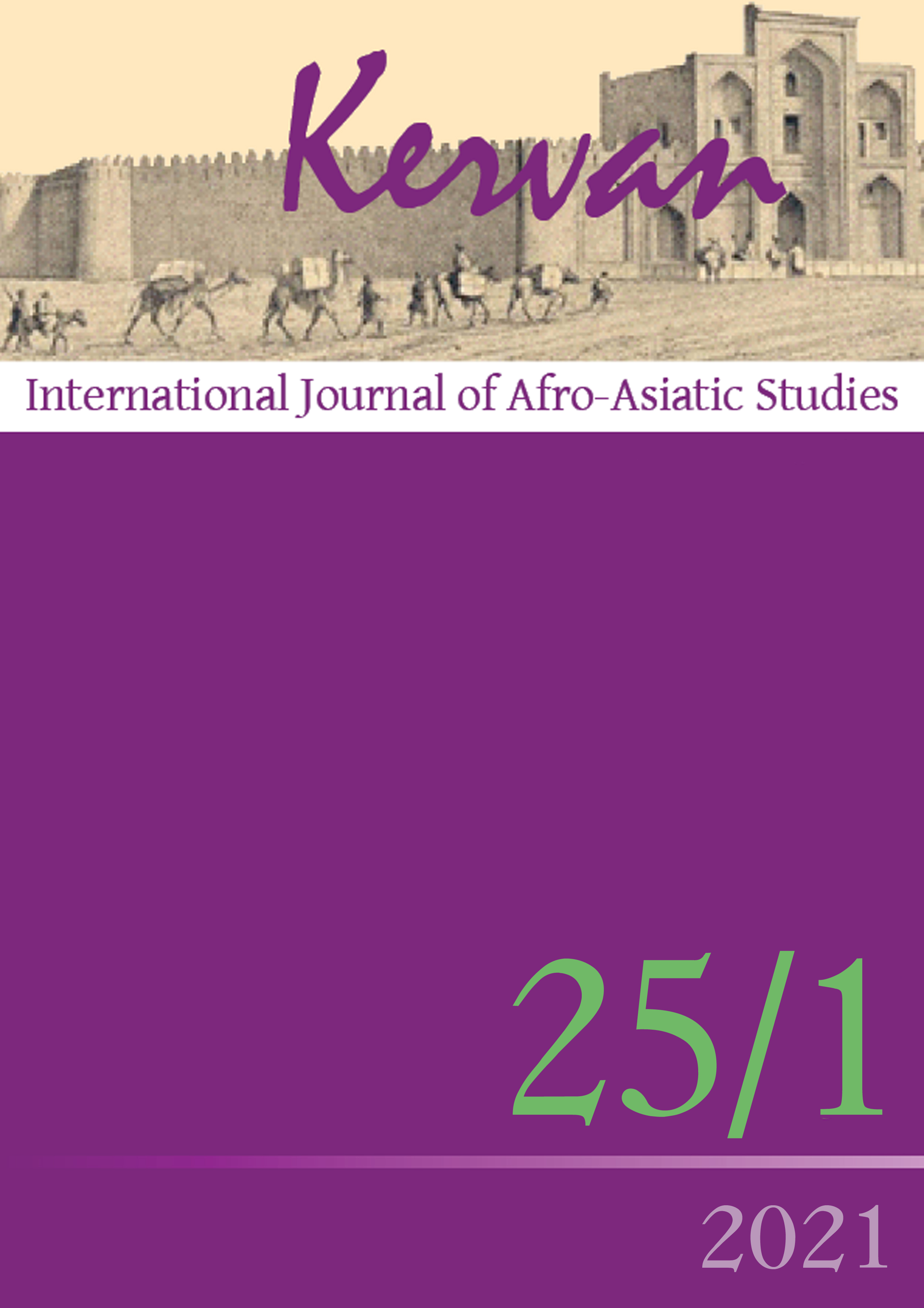The Coptic Theme in Egyptian novels The case of Bayt al-Qibṭiyya (“The house of the Copt woman”) by ʼAšraf al-‘Ašmāwī
DOI:
https://doi.org/10.13135/1825-263X/5786Abstract
This article discusses Bayt al-Qibṭiyya (“The Hhouse of the Copt woman”), a novel by ʼAšraf al-ʻAšmāwī; published in 2019, the novel is a recent iteration of the Coptic theme in Egyptian fiction.
The Copts are an integral component of Egyptian society. They form part of Egypt’s social fabric and today constitute some 8% to 9% per cent of the population. Their presence has been evident in the Egyptian novel since its birth. In the second half of the nineteenth century and the first half of the twentieth century, they were at the forefront of the renaissance that led the country towards a cultural and economic resurgence.
Discrimination against Copts in Egypt increased markedly in the second half of the twentieth century, notably since the Revolution of 1952 and in the context of the Islamic revival following the Arab-Israeli war of 1967. This trend gained strength during the Sadat era and erupted in numerous episodes of religious violence during the 1970s. The violence continued during the Mubarak era and escalated in the wake of the Arab Spring in 2011.
This contentious issue is reflected in modern Egyptian literature. In his novel, al-ʻAšmāwī addresses the tensions between Muslims and Coptic Christians in Upper Egypt through the story of Huda Habīb, the Coptic heroine. In order to contextualize his treatment of the theme and afford a broader perspective on its development in Egyptian literature, this article also outlines its representation in other Egyptian novels at different points in history.
Downloads
Downloads
Published
Issue
Section
License
Gli autori che pubblicano su Kervan accettano le seguenti condizioni:
- Gli autori mantengono i diritti sulla loro opera e cedono alla rivista il diritto di prima pubblicazione dell'opera, contemporaneamente licenziata sotto una Licenza Creative Commons - Attribuzione che permette ad altri di condividere l'opera indicando la paternità intellettuale e la prima pubblicazione su questa rivista.
- Gli autori possono aderire ad altri accordi di licenza non esclusiva per la distribuzione della versione dell'opera pubblicata (es. depositarla in un archivio istituzionale o pubblicarla in una monografia), a patto di indicare che la prima pubblicazione è avvenuta su questa rivista.


 The articles that have appeared on Kervan since 2016 are rated as Class A in the system of National Scientific Qualification (ASN, disciplines 10/N1 and 10/N3).
The articles that have appeared on Kervan since 2016 are rated as Class A in the system of National Scientific Qualification (ASN, disciplines 10/N1 and 10/N3). The journal has been approved for inclusion in DOAJ. The DOAJ listing of the journal is available at
The journal has been approved for inclusion in DOAJ. The DOAJ listing of the journal is available at  The journal has been approved for inclusion in ERIH PLUS. The ERIH PLUS listing of the journal is available at
The journal has been approved for inclusion in ERIH PLUS. The ERIH PLUS listing of the journal is available at  Kervan was just accepted for indexing in SCOPUS. This important milestone ensures that articles published in Kervan are easily found when searching for library, archives and Information science and it enables Kervan authors to keep track of how often their article has been cited by others.
Kervan was just accepted for indexing in SCOPUS. This important milestone ensures that articles published in Kervan are easily found when searching for library, archives and Information science and it enables Kervan authors to keep track of how often their article has been cited by others.

